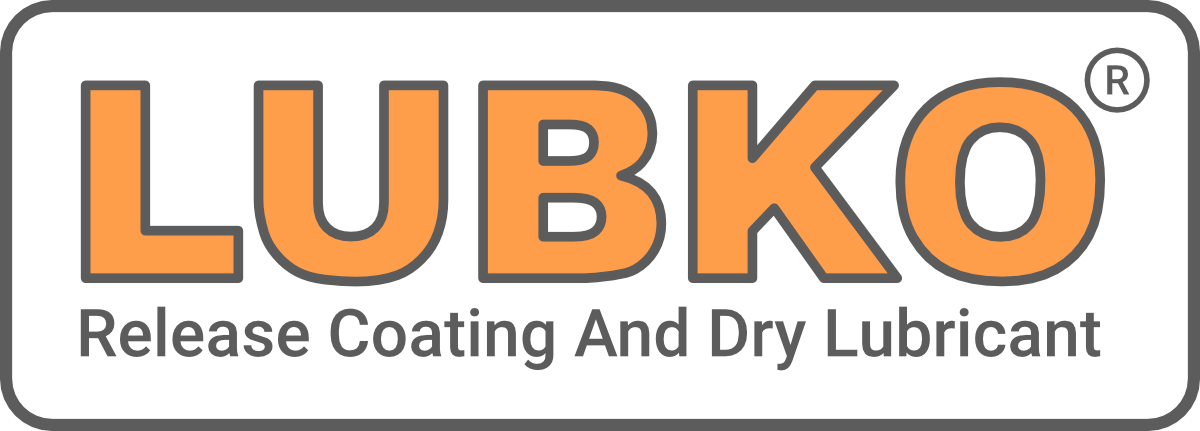
Est. 1963
Mastering the Art of
Separation


From Viscosity to Compatibility — Everything You Need to Know About Lubricants, Answered Clearly
LUBKO products are available in a variety of container sizes to suit different production needs, from small 5L containers and Aerosols for low-volume applications to larger 20L and 200L drums or 1000L IBC bulk supply for high-volume operations.
LUBKO formulations feature a carefully selected range of active ingredients designed to provide optimal release performance, including proprietary additives that enhance lubrication, reduce friction, and ensure smooth separation.
Yes, sedimentation is a natural occurrence in certain LUBKO formulations due to the presence of fine particles such as PTFE that settle over time. Simply stir or agitate the product before use to ensure uniform application.
Solvent-based products are ideal for applications where faster drying times, enhanced release performance, and resistance to high temperatures are essential. They are particularly effective in high-precision manufacturing environments where
reliability is critical.
We do not recommend diluting LUBKO solvent-based products, however many products can be diluted with the appropriate solvent to adjust viscosity and optimize application, depending on the specific requirements of your manufacturing process.
Yes, LUBKO water-based products can also be diluted with water to achieve the desired consistency, making them versatile for different production needs while maintaining excellent release properties. See the Product Data Sheet for standard dilution instructions or contact us for our expert advice.
Yes, to ensure optimal performance and prevent contamination, LUBKO Release Agents should be applied to clean and dry mould surfaces. Any residual oils, dust, or contaminants can affect the effectiveness of the release agent.
LUBKO Release Agents should be applied evenly using a spray, brush, or cloth, depending on the product and the specific moulding process. Apply a thin, uniform layer to achieve the best release results.
Yes, it is important for the release coating to be completely dry before commencing with moulding cycles to ensure proper adhesion and optimal release. Premature moulding can lead to defects or reduced release efficiency.